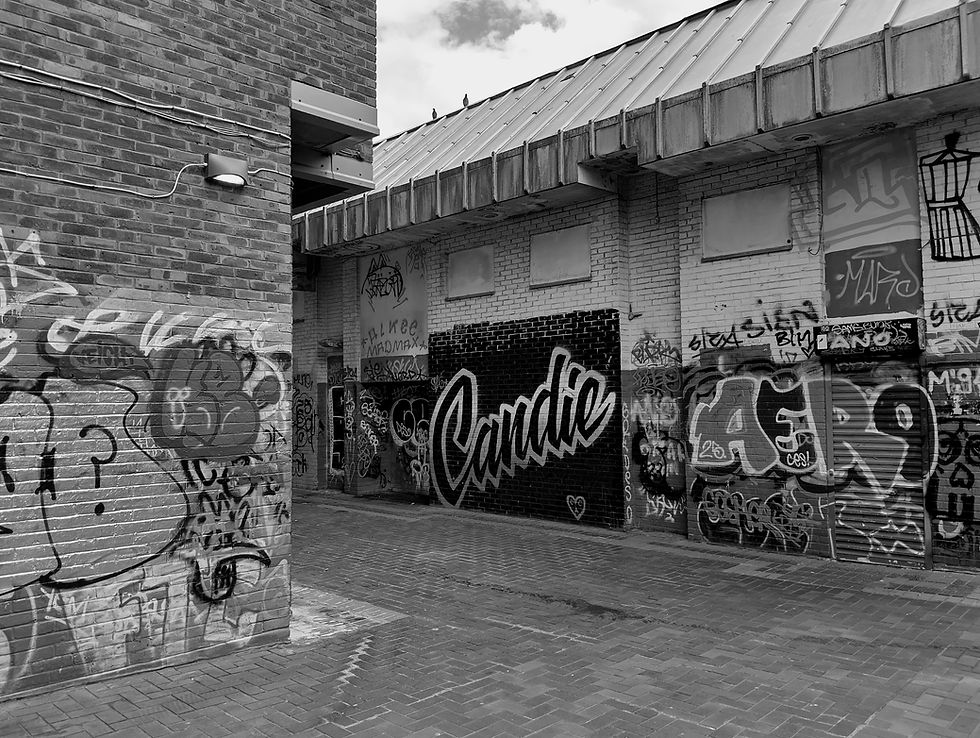Eider Ducks
- farmersfriendlincs
- Jun 12, 2023
- 2 min read

The first time I saw eider ducks in the wild was in Amble Harbour, Northumberland about 15 years ago. December 2022 saw me move to Ambl and now I can see them every day.
I have to admit that I somewhat adore this sea-going duck whether it be the colourful males or the intricately-patterened female. Both are blessed with marvellous feathers that repel water as if they are covered in detergent. Water globules on their backs and rolls off far more readily than any other species of duck.
Perhaps one of the most endearing qualities of this wonderful duck is its sound, especially the courtship sounds. The displays are a fantastic entertainment that attract me almost as much as they may attract a female eider. They involve much head-bobbing and flapping of wings accompanied by their distinctive call that reminds me of Kenneth Williams in a Carry On film.
Now it is normal for such vocal displays to peak in many birds at dawn and dusk, however the eider duck is a duck of the sea and its displays are tied to the flood tides at which it is most vocal. In non-tidal captivity eiders display most at sunrise and sunset. But in addition to this they display more on a flood tide. This meant in March when I went down to the harbour in the evening , if it was a flood tide I would see and hear far more displaying by these wonderful birds. That this should happen more at flood tide is perhaps due to greater availability of food within diving depth at ebb tide.
My first encounter with the eider duck was in literature in the late 1970's when I read Jules Verne's "Journey to the Centre of the Earth". It gave very little description of the birds but does detail how they make their nests lined with feathers of the female and later the male and how the down is harvested by the Icelandic hunter. Prior to that time I did not realise that eiderdown originated from the feathers of this wild duck. I had no idea what the duck looked like until I saw one in captivity at a Wildfowl Trust centre. Whilst the name "eiderdown" may have originated from this duck the stark reality is that it was not plentiful enough to provide Victorians with enough feathers and much down of that era would have come from the plucking of geese, often whilst they were alive.
Nowadays, on the face of it, the eider duck appears to be thriving, but the increased sightings at all parts of the British coast in the winter that has happened towards the end of the twentieth century does not necessarily mean they are more numerous. The key is the breeding populations which have seen some regional declines with periodic losses to pollution and food shortages possibly accounting for some regional demise.
Looking at a female eider duck being followed by over a dozen chicks may give the impression of successful breeding for this long-lived duck (20 years). However, this social duck forms creches with non-breeding "aunties" providning the ducklings safety in numbers.
Hopefully they will prosper in the future and we will see many more of these wonderful birds.





Comments